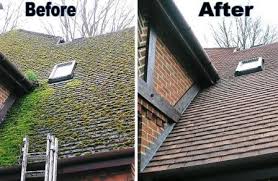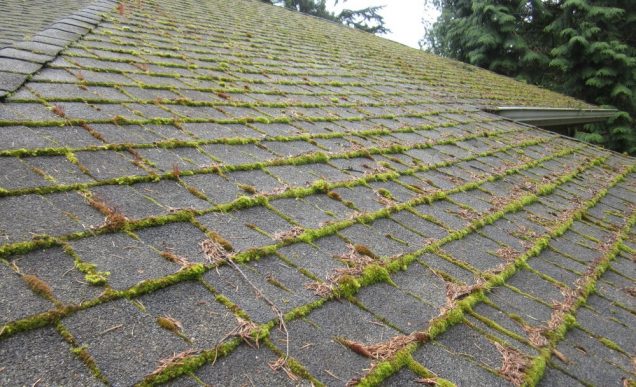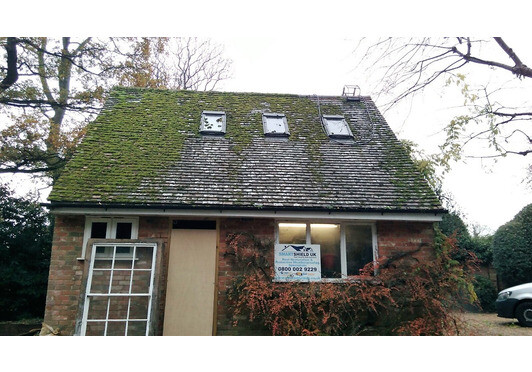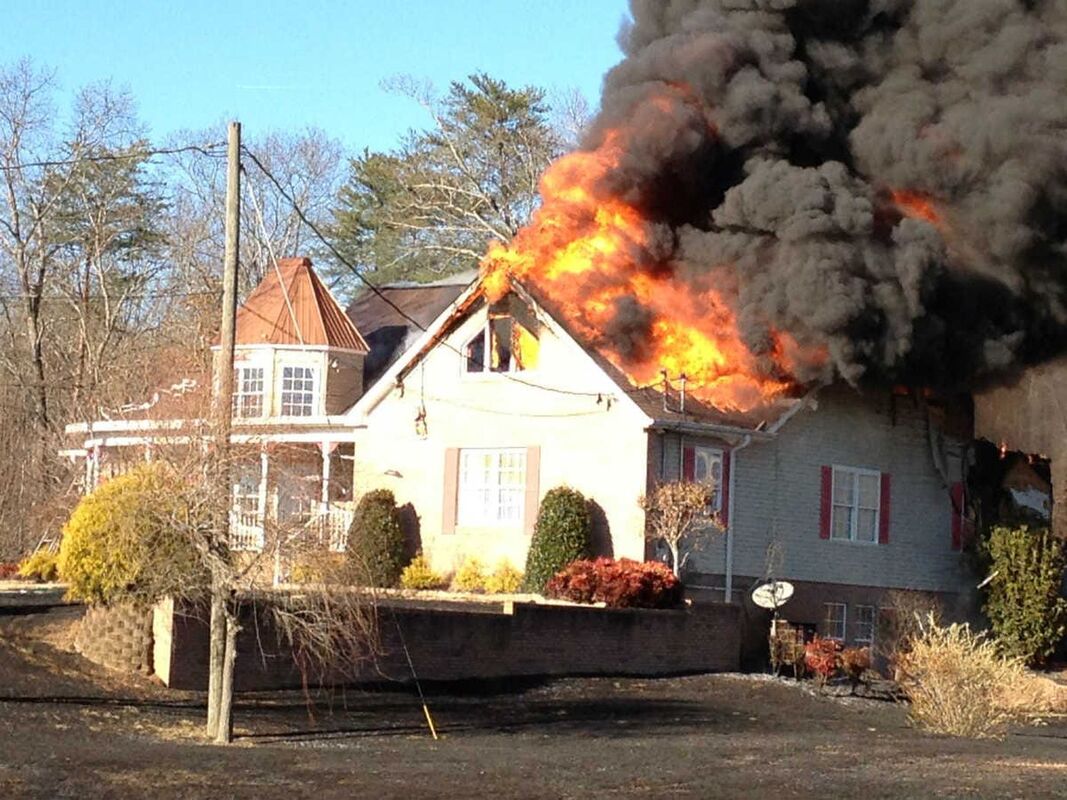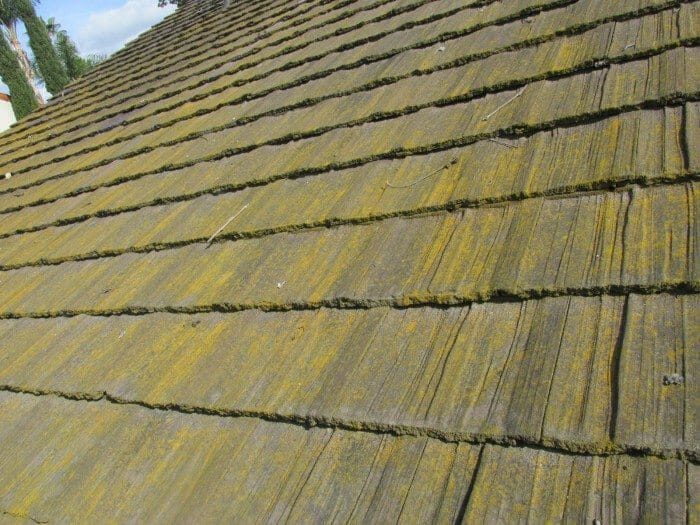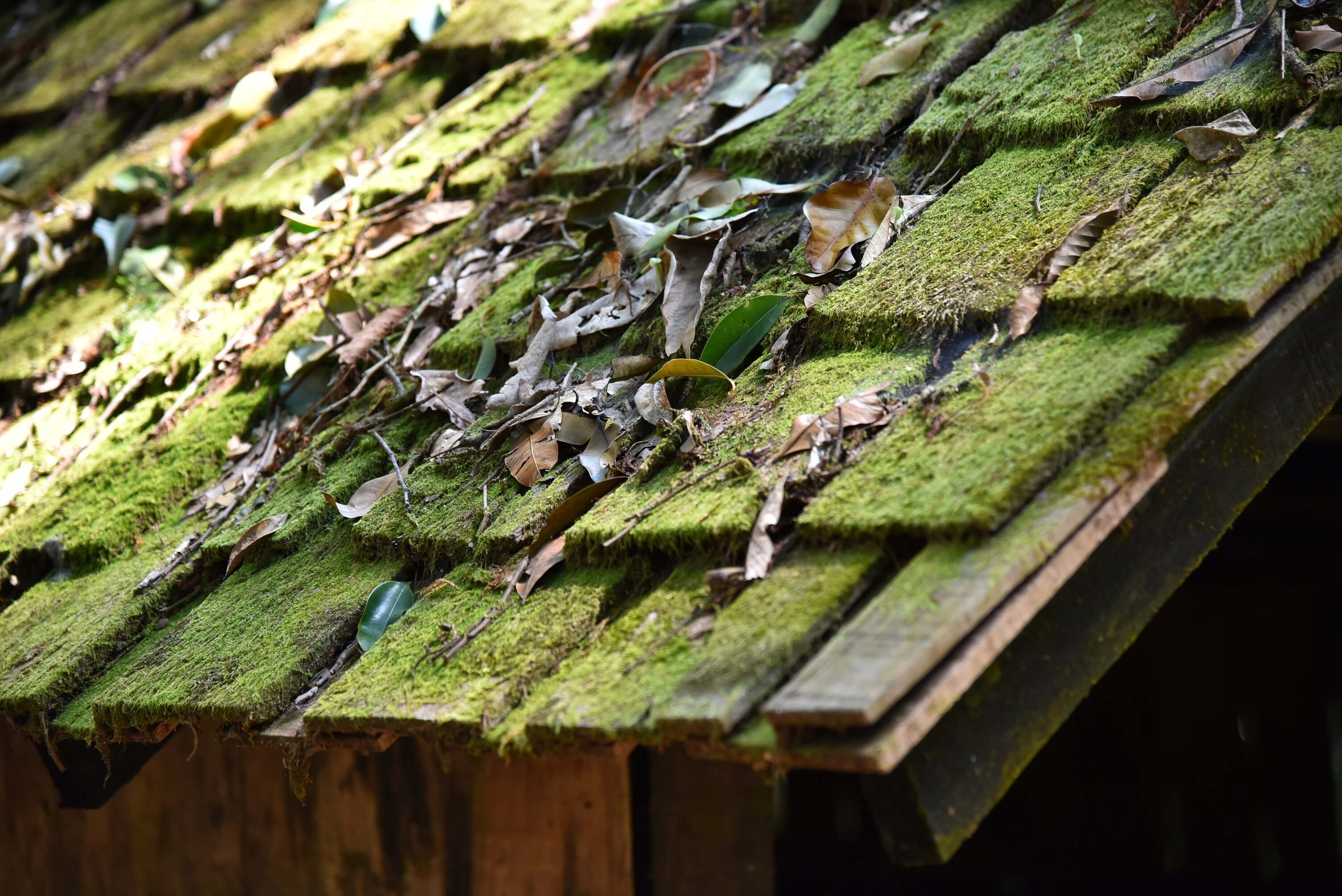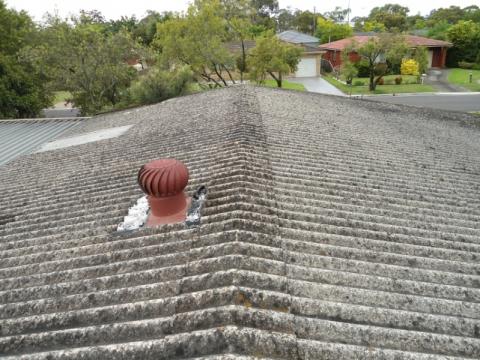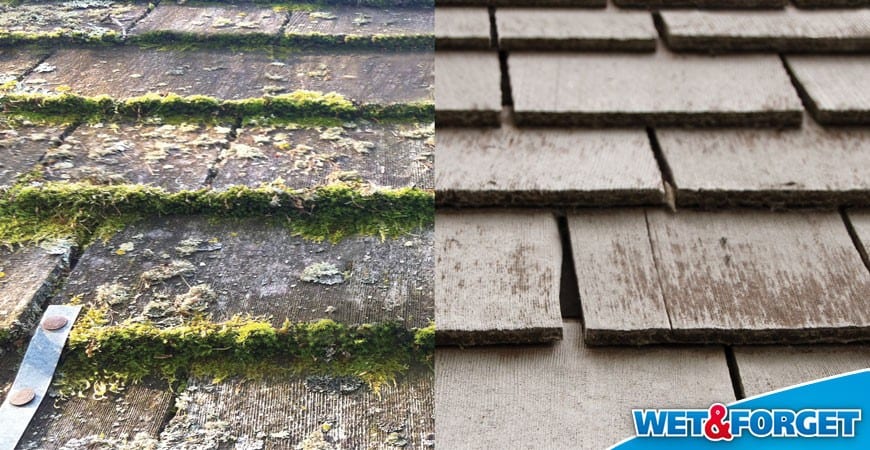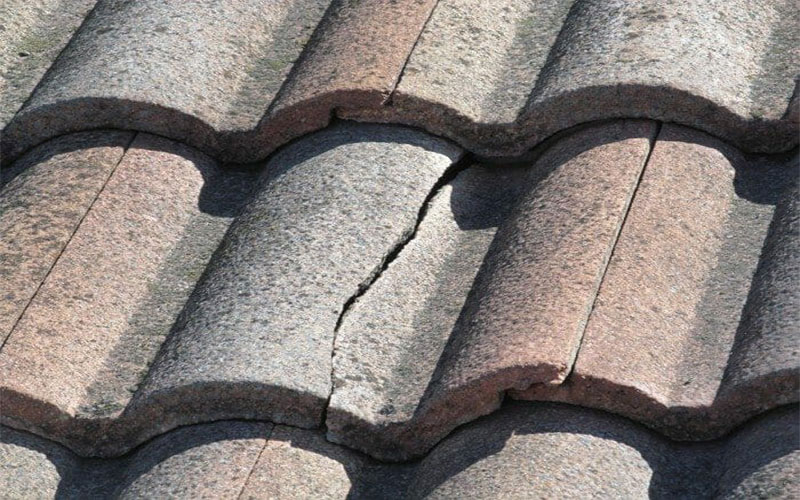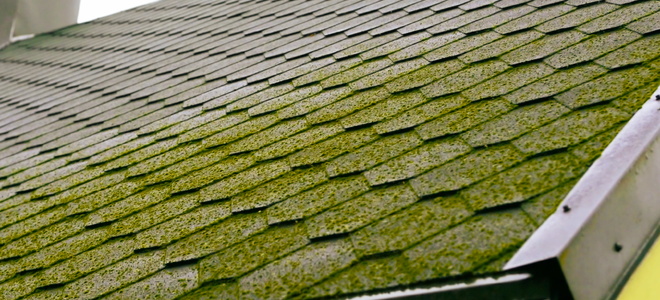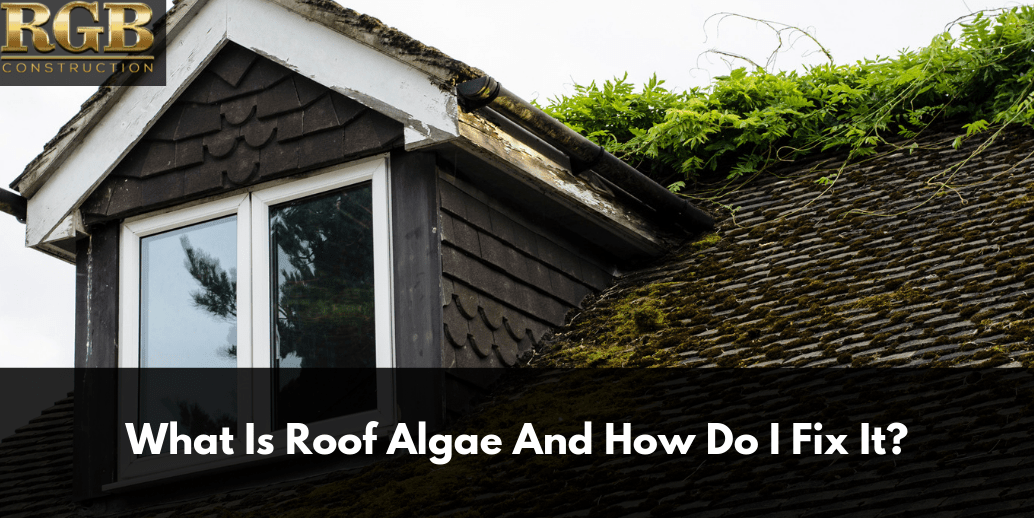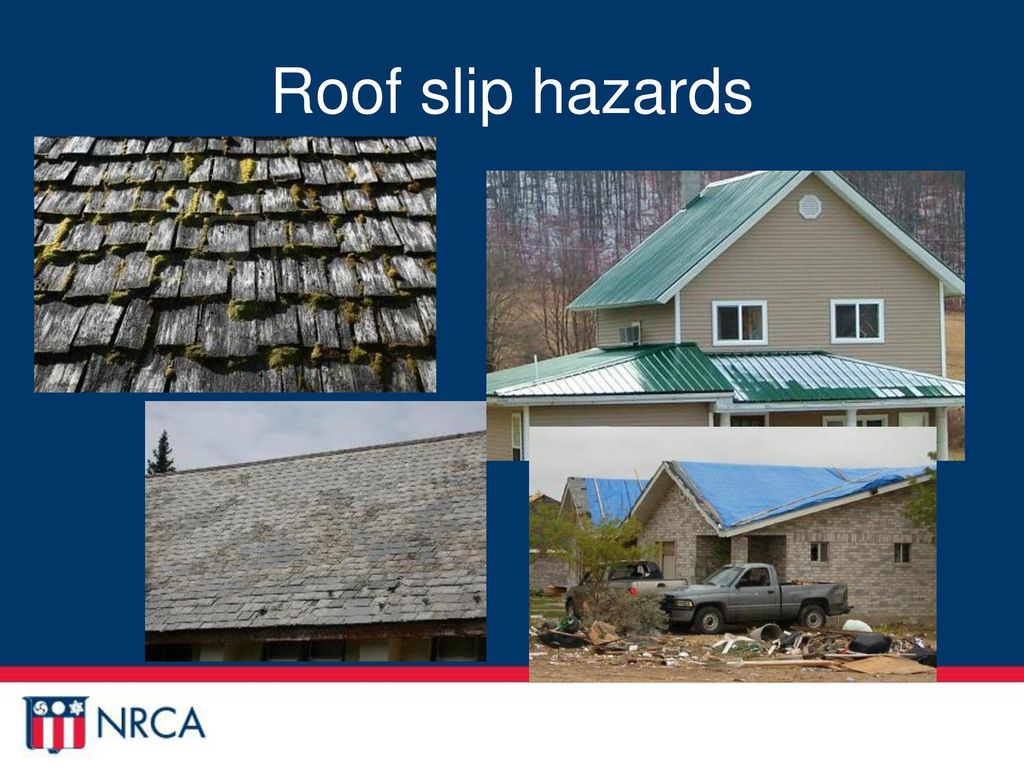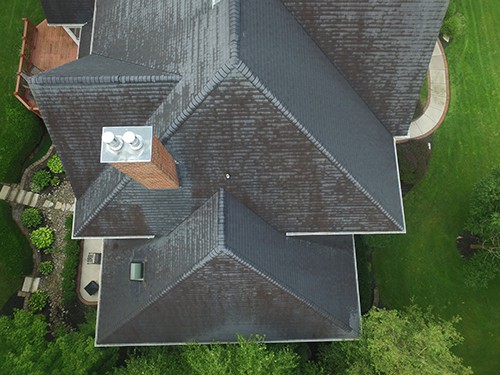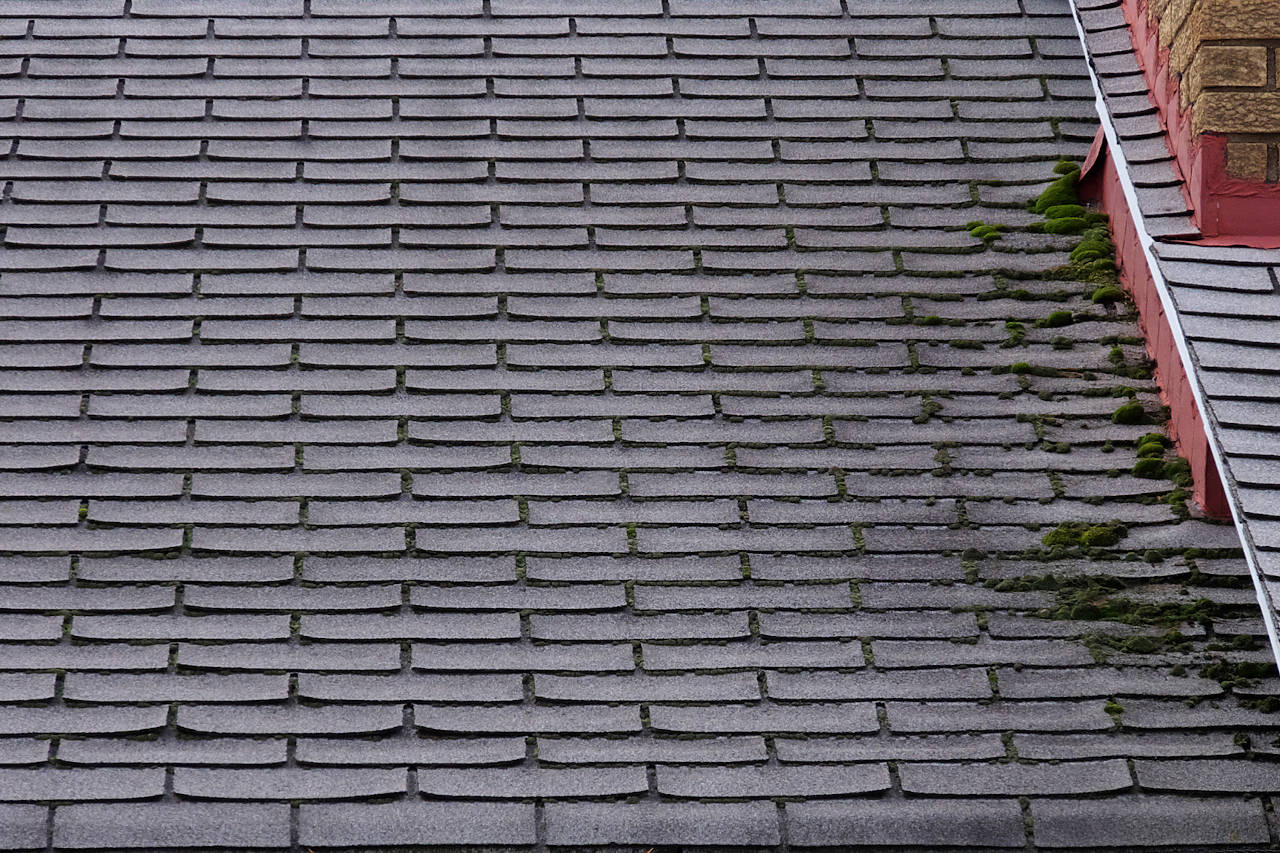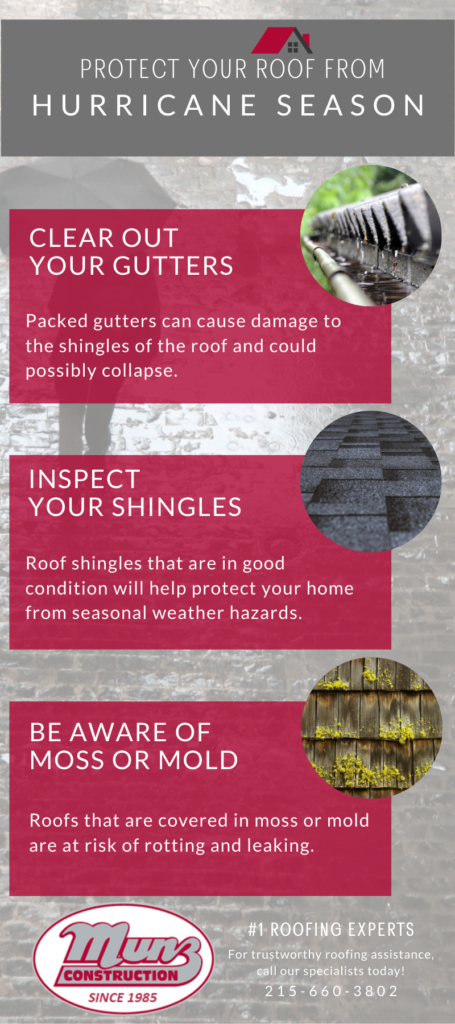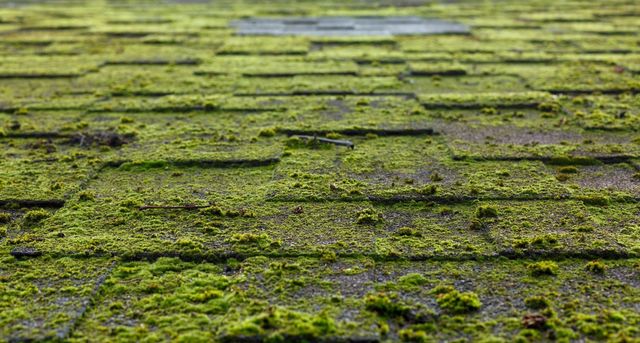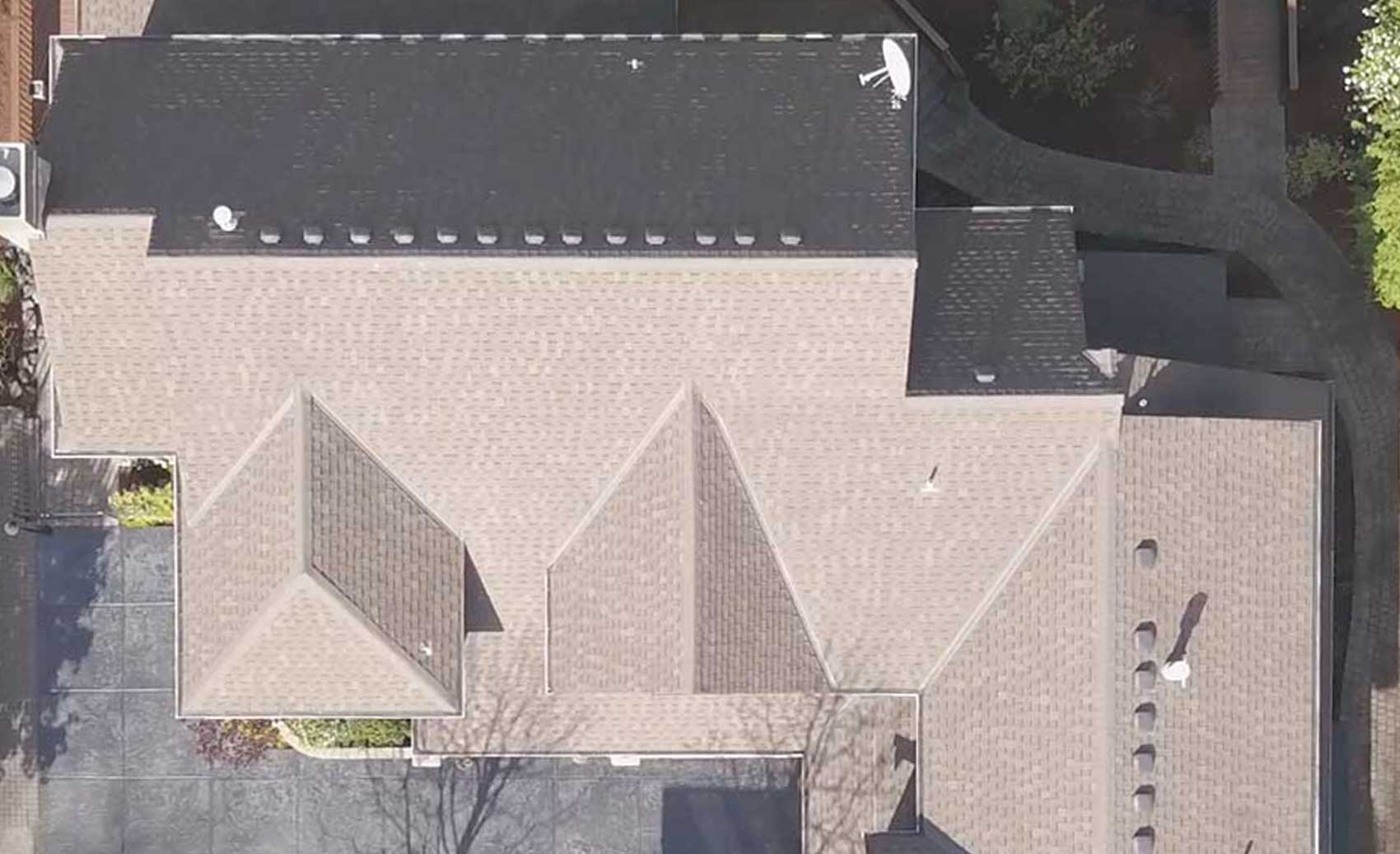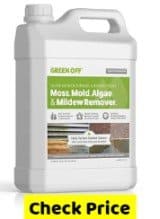Moss growth will also interfere with proper drainage of water off the roof as water needs to trickle through or around the moss instead of running straight down to the gutters.
Roof moss hazards.
Zinc and copper molecules kill moss and algae.
When it rains moss will soak up water and retain it creating consistently wet conditions on your roof.
In persistently mossy roof areas you could attach strips of zinc or copper to the top of the roof.
When moisture like rainwater or humidity settles on a roof it typically air dries before it can linger for too long.
Moss on roofs can be a health hazard while people like to say that dirty roofs lower a property s value and may make it hard to sell the dirt on a roof actually shortens its life span and can even present a health hazard.
When moss covers the roof however it can trap the moisture preventing it from properly evaporating.
The resulting constant exposure to water can degrade shingles.
Moss can prevent water from flowing properly cause excessive moisture damage and even cracks in roofing.
Untreated moss on a roof can be homeowner s nightmare.
Roofs beneath tree limbs can also become mossy because of the shade and the buildup of tree debris.
Trimming tree limbs back from your house so that sun can reach the roof will hinder moss growth.
Left untreated the clumpy greenery can cause virtually any roofing material to degrade most commonly wood and asphalt but also metal clay and concrete and thus drastically shorten its lifespan.


